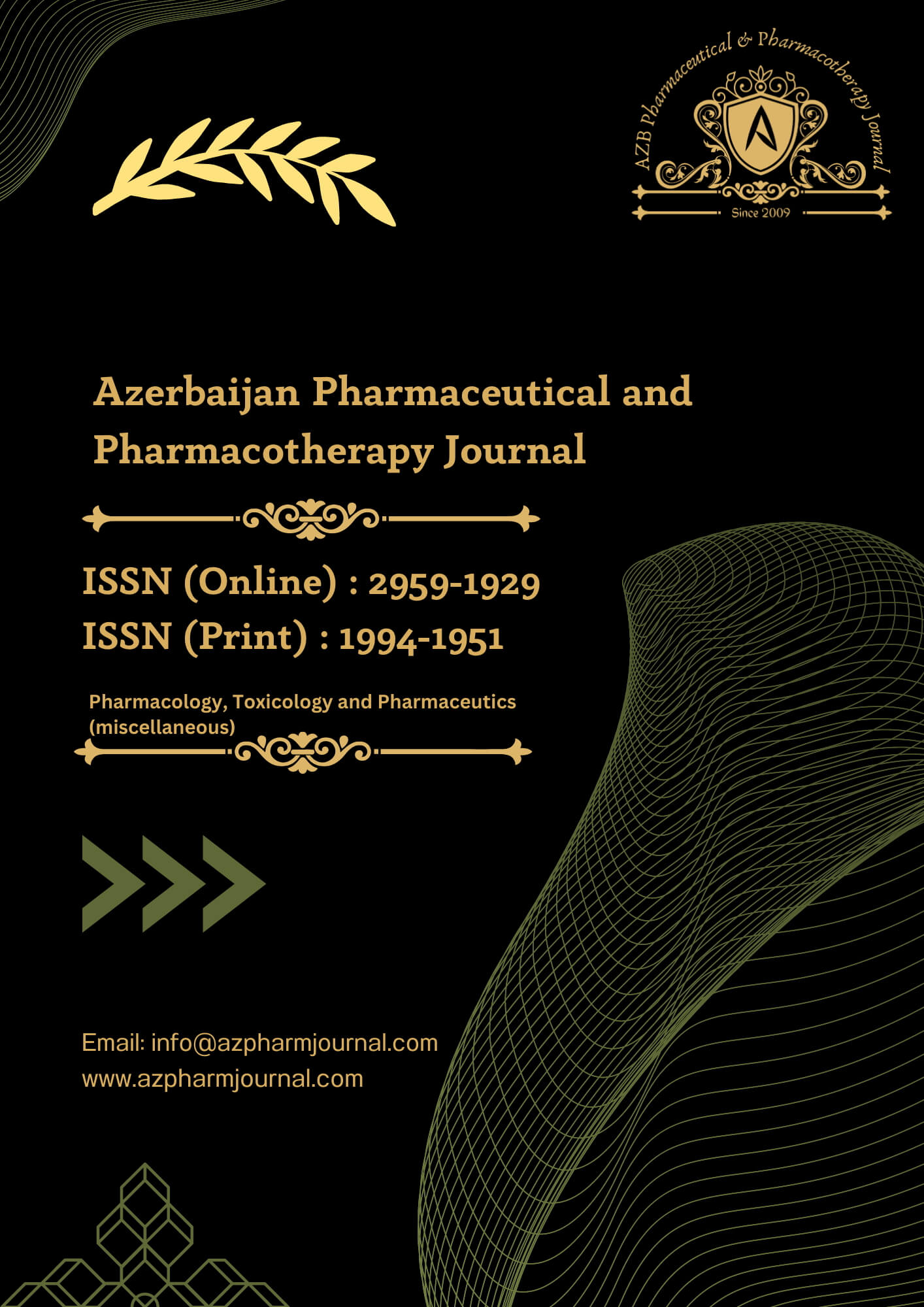3. Discussion
Three specific criteria characterize the Critical View of Safety. Firstly, Calot’s triangle should be meticulously cleared of any fat and fibrous tissue on its dorsal and ventral aspects. Importantly, this step does not necessitate the exposure of the common bile duct. The second criterion entails the separation of the lowest part of the gallbladder from the cystic plate. Lastly, only two structures, and no more, should be visible entering the gallbladder. Once these criteria are met, the Critical View of Safety has been successfully achieved [7, 8, 9]. Therefore, the primary objective of our present study was to evaluate the effectiveness of achieving the Critical View of Safety during laparoscopic cholecystectomy in preventing bile duct injuries. Our present study observed that 50 percent of the patients fell within the age bracket of 20 to 50 years, with the average age being 48.6 years. Of the patients, 80 percent were females, while the remaining 20 percent were males. The most prevalent clinical symptom among patients in our study was pain, which was reported by 100 percent of the patients. Dyspepsia and vomiting were also observed, with prevalence rates of 46.67 percent and 5.33 percent, respectively.
In a study by Singh et al. [10], they assessed the frequency and relevance of anatomical variations in the extrahepatic biliary system among patients undergoing laparoscopic cholecystectomy (LC). Their study included 740 patients with cholelithiasis who underwent routine LC performed by a single surgeon using the Critical View of Safety technique. Vascular and ductal anomalies were noted and evaluated during the dissection for their impact on LC. The findings from their operations showed that 197 patients (26.62%) had vascular anomalies, while 90 patients (12.16%) had ductal anomalies. Interestingly, vascular anomalies were more common than ductal anomalies, highlighting the importance of surgeon awareness regarding their presence. In our present study, spillage occurred in 25.33 percent of the patients, while it was absent in 74.67 percent of the cases. Remarkably, the Critical View of Safety was successfully achieved in 100 percent of the patients in our study. Aberrant anatomy was encountered only in two cases, leading to their conversion to open cholecystectomy. The mean duration of the procedure in our study was 59.45 minutes.
In a study by Singh and Brunt [11], they undertook a prospective study involving 1340 patients, divided into two groups: Group-A (CVS - 700 patients) and Group-B (Infundibular technique - 640 patients). In Group-A, CVS was achieved in 98.1 percent of patients, and there were no conversions, bile leaks, or bile duct injuries (BDI). In contrast, Group-B experienced 32 conversions and 5 BDIs, including three major BDIs. The operating time for Group-A (90-110 minutes) was significantly longer than for Group-B (60-80 minutes). Their study concluded that CVS is a safe, feasible, and superior technique to the infundibular method in preventing BDI.
Furthermore, in a study by Zarin et al. [12], the CVS technique was compared to the conventional infundibular technique in 438 patients divided into groups: Group-A (LC with infundibular technique) and Group-B (LC with CVS technique). They found that the operative time was significantly reduced for LC using the CVS technique (50 minutes vs. 73 minutes). Minor leaks were comparable between the two groups, but major leaks had a significant difference. Despite the additional dissection required by the "Critical View of Safety" compared to the infundibular technique, once mastered, it proved to be a faster and safer identification technique during laparoscopic cholecystectomy.
